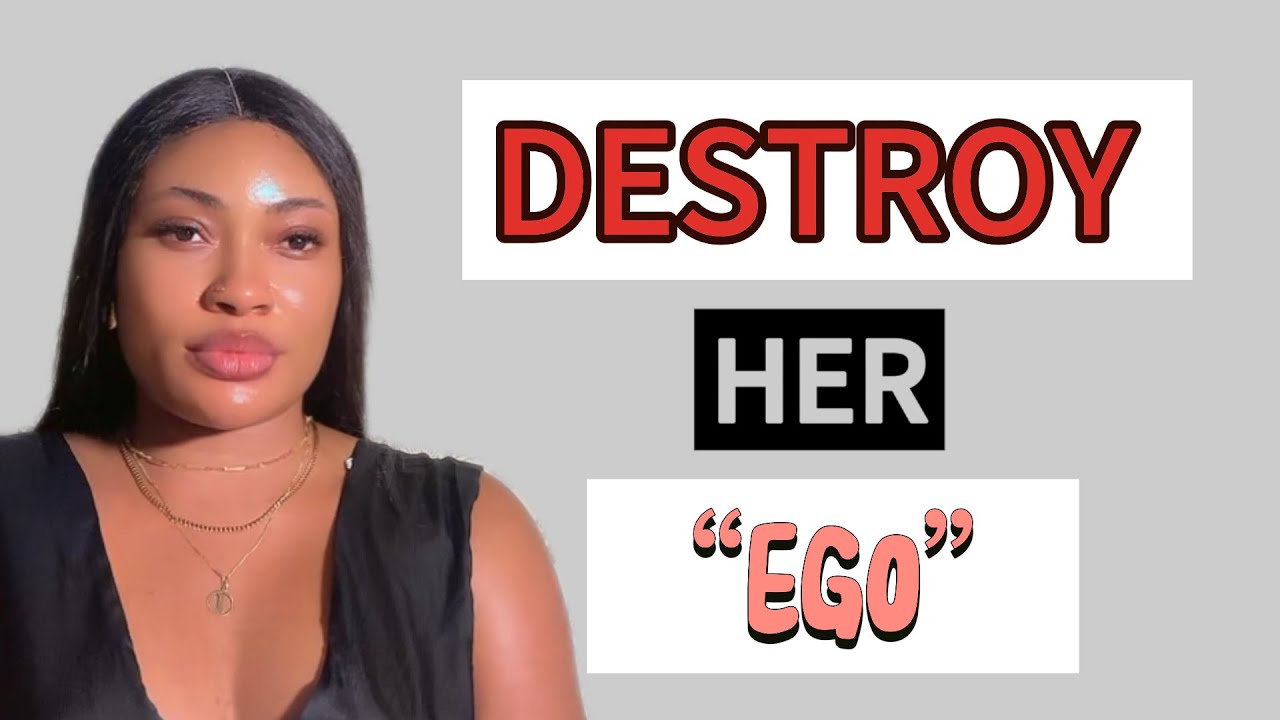Symbolism, Lenses and Writing Your First Analysis
Summary
TLDRIn this video, the host, Moon, expresses gratitude for reaching 10,000 subscribers and discusses the importance of critical analysis in literature. They introduce various lenses such as postcolonialism, ecocriticism, new criticism, and post-structuralism, explaining their applications and significance in understanding texts beyond the author's intent. The host also addresses the topic of symbolism, using TS Elliot's 'The Love Song of J. Alfred Prufrock' as an example, and offers guidance on writing analytical pieces, emphasizing the need for practice to improve analytical skills.
Takeaways
- 🎉 The video is a part of 'Analysis 101' series aimed at teaching critical analysis of literature and media.
- 📈 The channel has reached 10,000 subscribers, a significant milestone for the content creator.
- 🏆 The creator took a break to finish their degree and recover from top surgery, wearing a compression binder during the video.
- 📚 The video focuses on deepening the understanding of lenses and symbolism in critical analysis.
- 🤔 It addresses the question of turning evidence into a critical analysis by discussing the first steps and considerations.
- 🔍 The importance of using critical lenses is emphasized over relying solely on author intent, due to the subjective nature of art and literature.
- 🌐 Postcolonialism, ecocriticism, new criticism, and post-structuralism are introduced as additional critical lenses for analysis.
- 🌿 Ecocriticism is highlighted for its interdisciplinary approach to examining the relationship between humans and nature.
- 🔬 New criticism is presented as a formalist lens that treats literary texts as distinct and studies them with a scientific rigor.
- 📖 The process of identifying and writing about symbolism is explored, using 'The Love Song of J. Alfred Prufrock' as an example.
- ✍️ The video concludes with advice on writing an analytical piece, emphasizing the importance of practice and starting with familiar material.
Q & A
What milestone did the content creator, Moon, achieve that they never imagined reaching?
-Moon achieved 10,000 subscribers, a milestone they never imagined reaching.
Why was Moon absent from posting content for a while?
-Moon was absent because they needed to finish their degree and also took some time off for their top surgery.
What is the purpose of the 'dirt' that Moon mentions wearing in the video?
-The 'dirt' is actually a compression binder that Moon needs to wear for about a week following their top surgery.
What is the main focus of the content Moon plans to share with their audience?
-Moon plans to share content focusing on the most commonly requested topics from the first 'Analysis 101' video, particularly diving deeper into lenses and discussing how to identify and write about symbolism.
Why did Moon receive many questions about turning evidence into a critical analysis?
-Moon received many questions because viewers were struggling with how to take all the evidence they had gathered and start writing an actual critical analysis.
What does Moon suggest for viewers who feel confused or left behind in the 'Analysis 101' series?
-Moon suggests that if viewers feel confused, they should go back and watch the previous videos in the series to better understand the progressively complex content.
What is the significance of the blue curtains in the example given by Moon?
-The blue curtains are used as an example of how readers can interpret subtextual evidence differently based on cultural implications and personal perspectives.
Why does Moon emphasize the importance of considering the reader's perspective in literary analysis?
-Moon emphasizes this because literature is subjective, and different readers may pick up on different subtextual evidence based on their own experiences and cultural backgrounds.
What are the four new critical lenses introduced by Moon in the video?
-The four new critical lenses introduced are postcolonialism, ecocriticism, new criticism, and post-structuralism.
How does Moon define symbolism in the context of literary analysis?
-Moon defines symbolism as the use of words or imagery to represent a specific object or idea, which can be identified and analyzed through the use of critical lenses.
What advice does Moon give for starting to write a critical analysis?
-Moon advises to start with something easy and familiar, make observations, and then dig deeper. They also emphasize the importance of practice in improving critical analysis writing.
Outlines

Esta sección está disponible solo para usuarios con suscripción. Por favor, mejora tu plan para acceder a esta parte.
Mejorar ahoraMindmap

Esta sección está disponible solo para usuarios con suscripción. Por favor, mejora tu plan para acceder a esta parte.
Mejorar ahoraKeywords

Esta sección está disponible solo para usuarios con suscripción. Por favor, mejora tu plan para acceder a esta parte.
Mejorar ahoraHighlights

Esta sección está disponible solo para usuarios con suscripción. Por favor, mejora tu plan para acceder a esta parte.
Mejorar ahoraTranscripts

Esta sección está disponible solo para usuarios con suscripción. Por favor, mejora tu plan para acceder a esta parte.
Mejorar ahoraVer Más Videos Relacionados

ALLES ZEIGEN - Redstone Factory | 🏭 Pt. 31

He's a FURRY??

Day-14 | Configuration Management With Ansible |Puppet vs Ansible |Live Projects | #ansible #devops

YouTube Changed My Life with 1000 subscribers - Channel Trailer

5 Proven Ways To Destroy Any Woman’s Ego INSTANTLY

An Honest LIFE UPDATE… am I quitting? No but
5.0 / 5 (0 votes)
